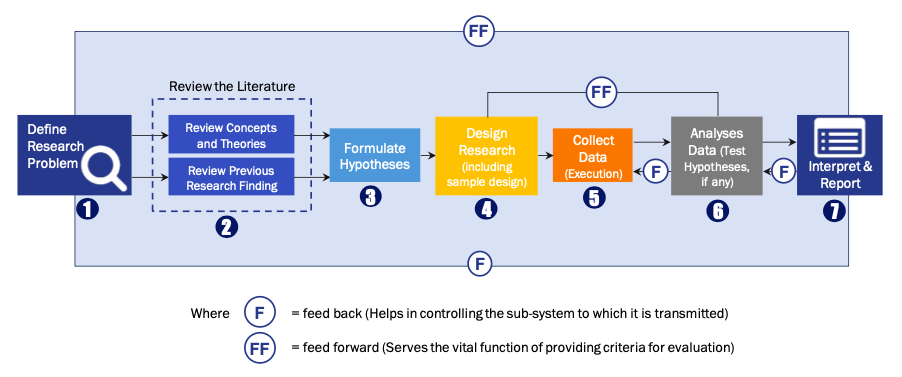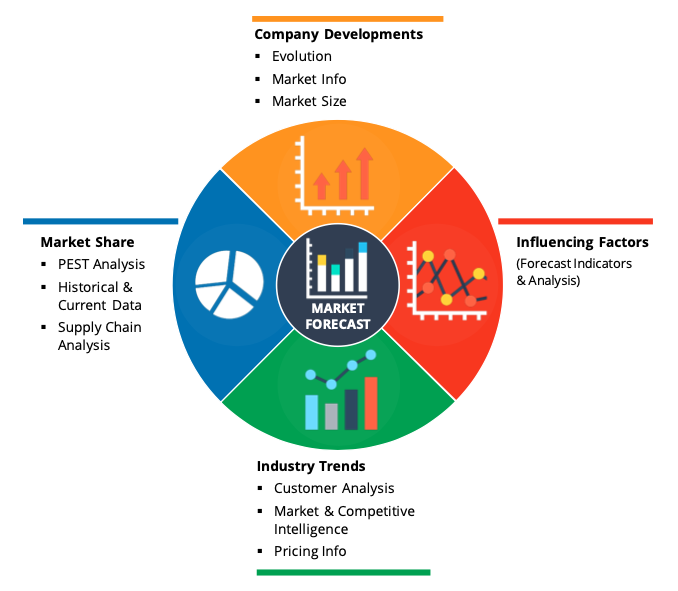The Global HR Payroll Software Market is expected to grow from USD 4.81 Billion in 2018 to USD 9.34 Billion by 2026 at a CAGR of 9.03% during the forecast period from 2018-2026.
The Global HR Payroll Software Market was valued at USD 4.81 Billion in 2018, is projected to reach USD 9.34 Billion by the end of 2026, exhibiting a CAGR of 9.03%. Payroll and human resource (HR) are an important part in an organization which are responsible for looking after diverse functions, such as benefit deduction, bonus payment, vacation leaves, recruitment, salary hikes, and firing employees. This departments need to maintain important data, which is considered as confidential, including financial data, home addresses, employee information, and social security numbers. The deployment of payroll and HR software provides data confidentiality and access, process, operate, and manage organization’s several payroll and HR functions. The usage of payroll and HR software helps in decision-making and ease of doing business. This is expected to encourage the growth of the global payroll and HR software market in the forecasted period.
Market Overview: The Application of HR payroll software helped the organizations in organising, integration, and simplification of complex business process, reliable processing, reporting, and secure data, management, and accuracy are the major factors attributed to the growth of the HR payroll software market. It helps the administration to take fast decision, avoid discrepancy in work, work effectively, which likely bolster the demand for HR payroll software market during the projected period.
The major key Vendors includes in the HR Payroll Software market are SAP, Oracle, Ultimate software, SumTotal Systems, Sage, Ascentis, SuccessFactors, Pay Focus, BambooHR, Intruit, Halogen Software, UltiPro, Vibe HCM, Patriot Payroll, ADP, Epicore
Report Description:
- The base year for the study has been considered 2018, historic year 2015, 2016, and 2017, the forecast period considered is from 2019 to 2026
- The study delivers a comprehensive analysis of HR Payroll Software Market by services, deployment, application, end user, and region
- The report offers in-depth analysis of driving factors, opportunities, restraints, and challenges for gaining the key insight of the market. The report emphasizes on all the key trends that play a vital role in the enlargement of the market from 2019 to 2026
- Porter’s Five Forces model is used in order to recognize the competitive scenario in the HR payroll software market. This report incorporates the industry analysis which is focused on providing an extensive view of the HR payroll software market
- The study also includes attractiveness analysis of vertical segment and region which are benchmarked based on their market size, growth rate and attractiveness in terms of present and future opportunity for understanding the future growth of the market
- The report provides company profile of the key players operating in the HR payroll software market and a comparative analysis based on their business overviews, product offering, segment market share, regional presence, business strategies, innovations, mergers & acquisitions, recent developments, joint venture, collaborations, partnerships, SWOT analysis, and key financial information.
- The market estimates have been evaluated by considering the effect of different political, economic, social, technological and legal factors which are based on our extensive secondary research, primary research, and in-house databases.
Research Process
Data Library Research are conducted by industry experts who offer insight on
industry structure, market segmentations technology assessment and competitive landscape (CL), and penetration, as well as on emerging trends. Their analysis is based on primary interviews (~ 80%) and secondary research (~ 20%) as well as years of professional expertise in their respective industries. Adding to this, by analysing historical trends and current market positions, our analysts predict where the market will be headed for the next five years. Furthermore, the varying trends of segment & categories geographically presented are also studied and the estimated based on the primary & secondary research.
In this particular report from the supply side Data Library Research has conducted primary surveys (interviews) with the key level executives (VP, CEO’s, Marketing Director, Business Development Manager
and SOFT) of the companies that active & prominent as well as the midsized organization
FIGURE 1: DLR RESEARH PROCESS

Primary Research
Extensive primary research was conducted to gain a deeper insight of the market and industry performance. The analysis is based on both primary and secondary research as well as years of professional expertise in the respective industries.
In addition to analysing current and historical trends, our analysts predict where the market is headed over the next five years.
It varies by segment for these categories geographically presented in the list of market tables. Speaking about this particular report we have conducted primary surveys (interviews) with the key level executives (VP, CEO’s, Marketing Director, Business Development Manager and many more) of the major players active in the market.
Secondary Research
Secondary research was mainly used to collect and identify information useful for the extensive, technical, market-oriented, and Friend’s study of the Global Extra Neutral Alcohol. It was also used to obtain key information about major players, market classification and segmentation according to the industry trends, geographical markets, and developments related to the market and technology perspectives. For this study, analysts have gathered information from various credible sources, such as annual reports, sec filings, journals, white papers, SOFT presentations, and company web sites.
Market Size Estimation
Both, top-down and bottom-up approaches were used to estimate and validate the size of the Global market and to estimate the size of various other dependent submarkets in the overall Extra Neutral Alcohol. The key players in the market were identified through secondary research and their market contributions in the respective geographies were determined through primary and secondary research.
Forecast Model


